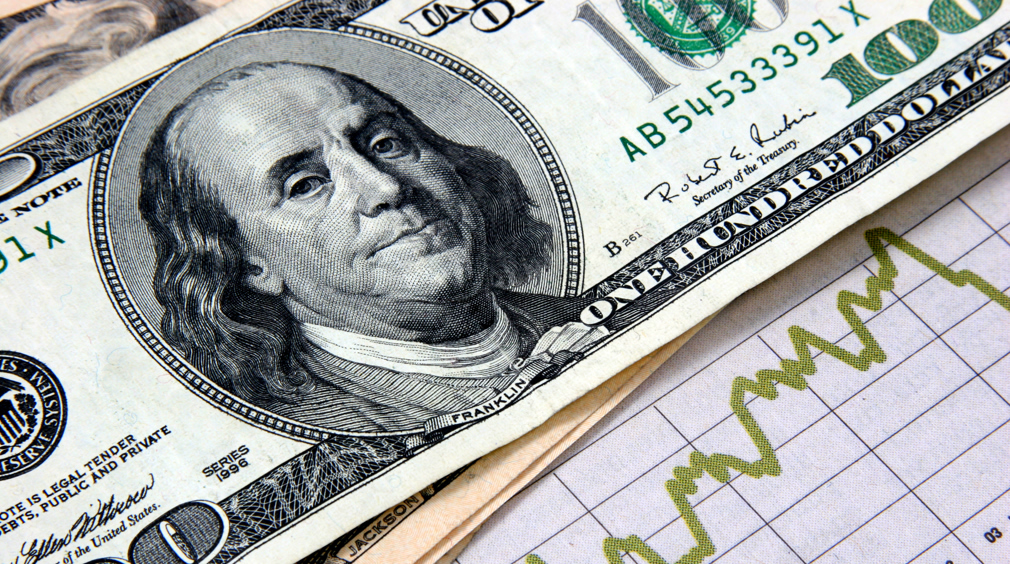Six days before the Federal Reserve meets in Washington to decide monetary policy, the name-calling has begun.
President Donald Trump tweeted at 10:20 a.m. on Thursday: “The Federal Reserve is derelict in its duties if it doesn’t lower the Rate and even, ideally, stimulate. Take a look around the World at our competitors. Germany and others are actually GETTING PAID to borrow money.”
Futures traders now see a rate cut as the near-certain outcome of the Fed’s meeting as a stagnant manufacturing sector weighs on the economy. CME’s FedWatch tool on Thursday showed a 94% chance of a 25 basis point cut.
But, that’s not what the president is calling for. Trump has made clear in public statements and tweets, including ones calling Fed members “boneheads” and “clueless,” that he wants interest rates cut to zero or below. That would mean a rate cut of at least 2%.
Trump often cites Germany, Europe’s largest economy, even though its economy is faltering. Germany’s central bank, the Bundesbank, said on Monday the nation may have entered a recession in the third quarter. For the year, the International Monetary Fund estimates the German economy probably will expand at a 0.5% rate, compared with 2.4% growth in the U.S.
And, people in Germany don’t actually get paid to borrow money. The negative yields on German bonds are the high premium some investors have been willing to pay in hopes of getting capital appreciation when the prices go up.
Trump’s claims about the strength of the U.S. economy undercut his efforts to force the Fed to slash its rate. “How do you impeach a President who has created the greatest Economy in the history of our Country?” Trump tweeted on Sept. 28.
But, rate cuts are intended to bolster bad economies. In Fed-speak, the central bank “keeps its powder dry” during good times, using an analogy to gunpowder, so it has the ability to boost the economy when times get tough.
Trump isn’t the first U.S. president to try to strong-arm the Fed for political purposes. Nixon did that, and the result was out-of-control inflation in the 1970s and mortgage rates that peaked at 18.6% in 1980, as measured by Freddie Mac.
Congress established the Fed in 1913 with a dual mandate: Maximize employment and keep prices stable – meaning, keep inflation low. Prior to the establishment of the independent central bank, financial panics were common. In 1895, JP Morgan – now JP Morgan Chase – had to bail out the U.S. Treasury after a too-hot economy crashed into a depression.
The arm-twisting of the Nixon years in the 1970s was followed by “the creation of an arms-length relationship that insulated the Fed from interference by the executive branch,” the National Bureau of Economic Research said in September. “The enhanced autonomy for instrument setting allowed the Fed to aggressively target and stabilize inflation in the ensuing three decades.”







